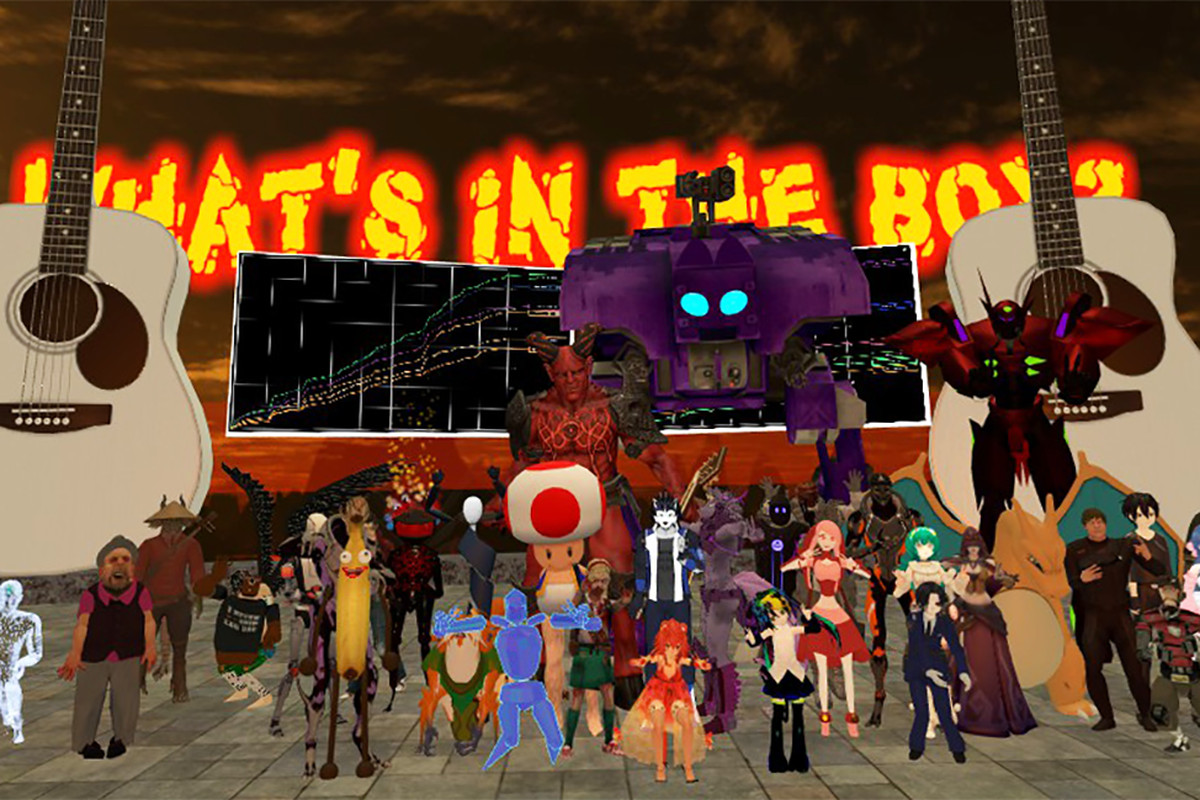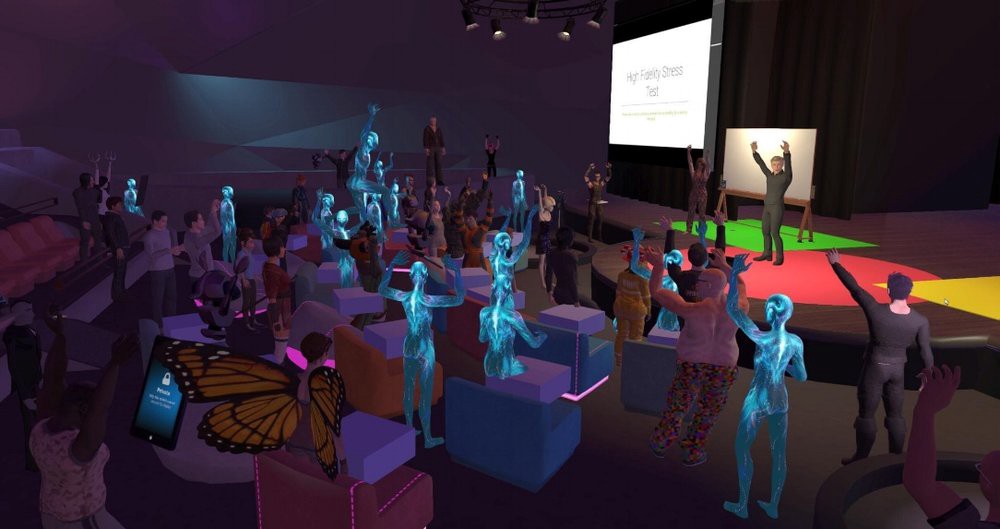This is the first installment in a series about what makes avatars useful in Social VR environments.
Author’s note: Many of the anecdotes about avatars that get recounted are about unfettered self-expression. And how Social VR platforms allow people to finally express who they really are, and control exactly how they are perceived by those around them.
I believe that many of the stories my Social VR peers repeat represent outliers for multiple reasons – including many people not having a safe outlet for self-expression in their real life, or they are folks with excellent 3D art skills who can customize their avatars to a very high degree. This series of posts is intended to give other considerations about what makes an avatar useful beyond radical self-expression. Throughout this introduction, we’ll look at how creating psychological ease between the avatars and the environment can increase motivation and change user behavior.
***
In Social VR, you can fulfill fantasies that are impossible in real life. You can be a half cat-half robot swimming in a pool, a rabbit making art out of thin air, or a wooden doll meditating by the ocean. Avatars offer new possibilities for embodiment, but creating complementarity between an avatar’s designs and it environment can be a challenge for VR creators.
In behavioral science, complementarity between people and their environment is an affordance, which means that we interact with it more seamlessly. It is easier to work out in a gym, for instance, dressed in sweatpants than in formal evening attire due to the functionality of exercise clothes and the psychological ease of wearing them at a gym (not attracting attention from other people, not fretting about sweat stains on silk, and not worrying about long fabric getting caught on the treadmill).
However, consider many large gatherings of avatars in Social VR and many avatar representations seem out of place. VR night clubs are full of a mixture of robots, military men, and anime girls. One research participant of mine compared her experience of a club in VR to being in the Star Wars cantina.

But what do these avatars have to do with dancing? And how might the avatars users choose effect how they relate to their environment?
People infer expected behaviors and attitudes from their appearance.
On a practical level, affordances are not an issue in VR. Robot and animal avatars have been anthropomorphized to allow them to act in the world as humans do; the lack of opposable thumbs is inconsequential.
But on a cognitive level, the lack of affordance may obstruct some of VR’s more cutting-edge applications due to the lack of psychological ease that users experience. Holding social events with a mixture of avatars representing animals, robots, humans, and the Alien from Alien will change the nature of them.
Researchers Nick Yee, Jeremy Bailenson, and Nicolas Ducheneaut have built upon the enclothed cognition research and showed that changing virtual self-representation also has the ability to affect human behavior. The Proteus Effect (named after a shape-shifting Greek God) showed that people inferred expected behaviors and attitudes from their appearance.
Participants who were embodied as tall avatars negotiated more firmly than those who were short (displaying dominance) and people randomized to appear as tall and attractive avatars performed better than peers who happened to be placed in avatars that were shorter and less attractive.
The biggest relevance Yee’s research is showing is that participants who experienced themselves as tall and attractive, even briefly, were more likely to come to the aid of others after the VR session ended.

Altering your sense of self is rather different from radical self-expression as a motivator for avatar creation. However, VR platform owners have the capability to limit avatar options inside of their realms as a means of influencing behavior.
Creating complementarity between user’s avatars and environments can shape users mental models for those VR destinations. In fact, I would be interested in conducting an avatar exercise study and test if avatars dressed in virtual fancy clothes work out as vigorously as those wearing gym clothes. While there’s no difference functionally, I believe that the dissonance between the fancy clothes and the gym would lower people’s effort.
While these subtle, and often unacknowledged, alterations to our behavior may not be all that significant in casual social situations, how we perform in negotiations has real-life consequences. While Social VR is still in its infancy, we should consider examining the ways in which the eclectic range of avatars changes how we interact with our environments, as well as each other.
Image Credit: VRChat / High Fidelity
References:
Adam, H., & Galinsky, A. D. (2012). Enclothed cognition. Journal of Experimental Social Psychology, 48(4), 918-925.
Slepian, M. L., Ferber, S. N., Gold, J. M., & Rutchick, A. M. (2015). The cognitive consequences of formal clothing. Social Psychological and Personality Science, 6(6), 661-668.
Yee, N., & Bailenson, J. (2007). The Proteus effect: The effect of transformed self-representation on behavior. Human communication research, 33(3), 271-290.
The post Complementarity Between Avatars & Environments In Social VR appeared first on VRScout.
from VRScout https://ift.tt/2U8ate2
via IFTTT
No comments:
Post a Comment